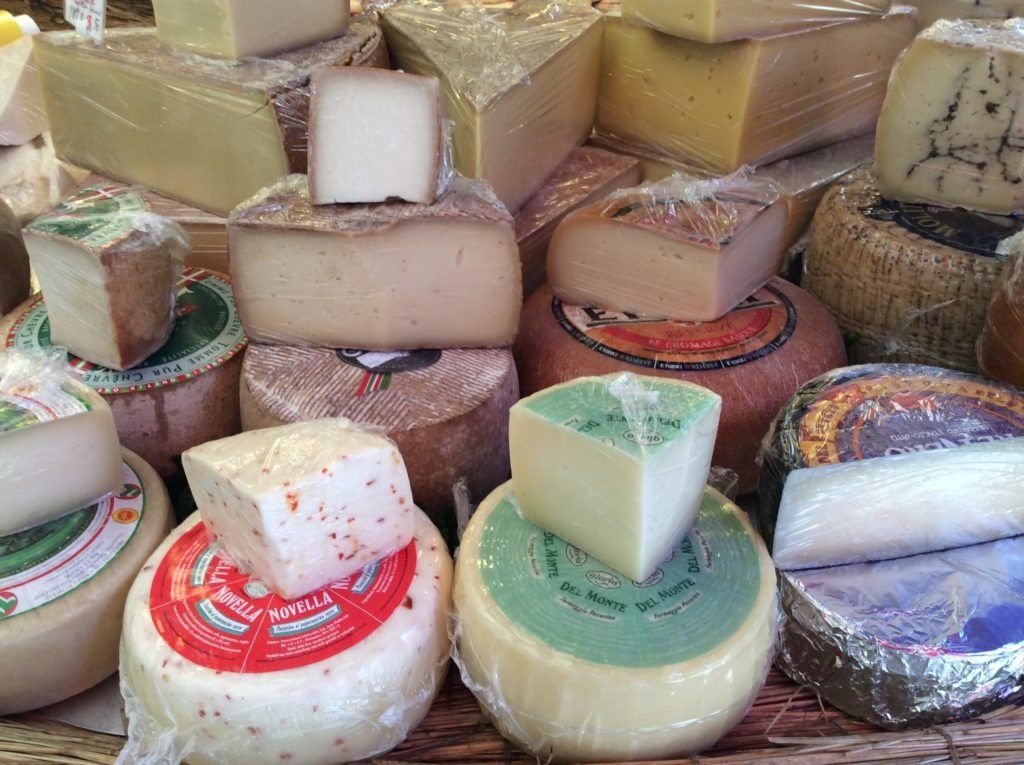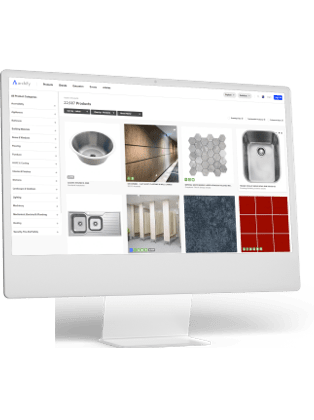Stainless steel comes in a myriad of grades but being “food-grade” is technically applied only to one of them and it’s quite unique to Type 316/316L stainless steel among the 300 series.
With its 2-3% molybdenum content, AZoM explains that this alloy features “better overall corrosion resistant properties than Grade 304, particularly higher resistance to pitting and crevice corrosion in chlorine environments.” Its unique set of mechanical characteristics tick the right boxes for making non-porous, non-reactive, and non-contaminating food processing and storage equipment. Also described as “marine-grade”, it withstands the detrimental effects of foods with moderate salt contents. With zero heavy metals, the 316 stainless steel is non-toxic.

The list of applications of this food-grade stainless steel is virtually endless. In the dairy sector alone, the 316 grade is a favorite in building plate and tubular heat exchangers, centrifuges, pasteurizers, maturation tanks, racks, packaging machines, and many other pieces of equipment utilized in milk, cheese, cream, butter, yogurt, and ice cream factories around the world.
In Japan, different grades of stainless steel are used throughout the dairy production process, but the 316 and 316L types are strictly utilized in the sterilization and cooling phases.
Other Real-World Examples
When German company Kelterei Walther had to modernize its cellars for fruit juice and cider production, it turned to the 316 stainless steel to outfit its bottling line with a sophisticated tunnel pasteurizer with six high-performance centrifugal pumps.
Compared with its old chamber pasteurizer, Kelterei Walther immediately saw significant improvements in product quality after upgrading to its new system. Its new, high-tech, 316 stainless steel pump technology led to reduced heat loss and minimized downtime, while putting a premium on the safe processing of its world-class beverage.

What’s a food contact material?
Published in 2013, the new test introduced by the 47-state Council of Europe confirms that the common grades (including the 316L) used as a food contact material continue to be safe.
It will be good to point out, however, that no matter the chemical makeup, all stainless steels are susceptible to certain corrosion hazards. The 316 type may be impervious to the detriments of acidic settings, but it’s not without limitations. In corrosive environments with “warmer” conditions where the risk of stress corrosion cracking is greater, grades with higher strength could be more useful such as the duplex type.

Guidelines in Place
Standardization compliance is key to choosing the right stainless steel for food-processing applications. After all, problems are bound to happen if inappropriate grades are used when the specifier had intended a more robust grade.
Consulting the Philippine National Standard is wise because it’s the most authoritative source of optimal stainless steel product specifications in the land. Adhering to its requirements may not be mandatory (for now), but adopting them helps ensure the most appropriate grade of stainless steel is optimized in food processing plants as well as catering businesses.
At Sanyo Seiki, we voluntarily embraced the criteria set by Philippine National Standard in order to deliver apt stainless steel products and satisfy demanding customer needs. From design to construction, we provide excellent solutions as per internationally approved standards.
Turn to Sanyo Seiki to make the right food-safe stainless steel investment. Contact us today, and let’s talk about your needs.













